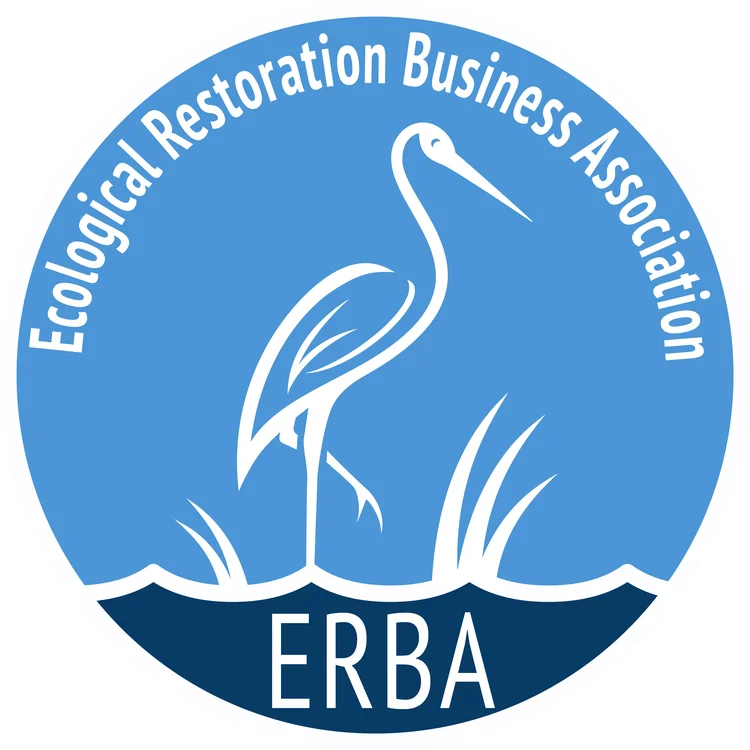
Re: SCOTUS Decision in Sackett v. EPA
On May 25th, 2023 the Supreme Court (SCOTUS) issued their long-awaited decision in the case Sackett v. EPA, marking yet another chapter in the legal and political debate around the scope of “Waters of the U.S.” Along with peers from the green industry sector, ERBA filed a Sackett amicus brief in June 2022 arguing for the Court to make a decision that would provide durability and regulatory certainty while honoring the familiar long-standing aspects of prior Administrations’ interpretations of WOTUS. After reviewing the decision, we agree with Justice Kavanaugh that the Sackett majority opinion establishing a “continuous surface connection” test is vague and will create real-world consequences for historically protected waters. During the months and year ahead our industry, clients, and agency partners will face a level of uncertainty as we wait to see how and how soon the EPA and the Army Corps interpret the Sackett decision in guidance and another WOTUS rule-making. Over the past two decades our industry has shown great adaptability and maturity to support a new jobs and economic sector while swiftly responding to an evolving regulatory environment. Although the Sackett decision certainly removes protections for some of the nation’s wetlands, we find encouragement that many features are still protected under state level regulations and other environmental programs. Further, claims on loss of federal protection should not be construed as an equal loss in the need for wetland mitigation services. In spite of the Navigable Water Protection Rule’s narrowing of jurisdiction, the industry saw steady economic growth during those years and many mitigation bankers worked with Corps Districts to adjust credit methodologies and ratios to apply non-jurisdictional but ecologically valuable wetland credit types as offsets forjurisdictional impacts. Beyond the Clean Water Act mitigation market, our sector continues to grow in response to diverse federal and state demand drivers. The offsets and ecological services delivered by the industry’s specialized restoration sponsors are recognized as highly accountable, measurable ecological outcomes that provide benefits across public environmental programs. Both the public and government at all levels are sending signals on their support and need for nature-based solutions, certainly evident in the Bipartisan Infrastructure Law’s unprecedented funding for resiliency and restoration investments. Indeed, in the same month as the Sackett decision’s release, we’ve seen the Fish & Wildlife Service issue policies that will incentivize increased investment in conservation banking offsets and Congress deliberate on both the use of offsets to speed up environmental permitting reviews and authorization of pay-for-performance contracting to procure large-scale restoration outcomes. Not to mention the notable trend in recent years of states, both red and blue, issuing their own laws and policies to create environmental markets and “cut green tape” to achieve their climate resilience, water quality, and ecosystem restoration goals. As we look ahead, ERBA will continue to focus our advocacy efforts around multi-benefit banking and the ability of mitigation bank sponsors to apply existing and forthcoming credit inventories towards new and emerging demand drivers. The Sackett majority opinion brings a new, narrower test in the ongoing legal debate around the scope and intent of the Clean Water Act, but the growing political and societal movement for responsible development and more ecological restoration projects remains strong. ERBA members are poised to serve as a resource to our agency partners and permittee clients, and we look forward to continuing to deliver high quality ecological restoration projects.
